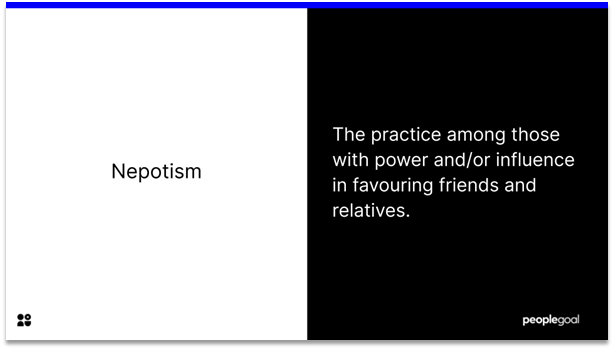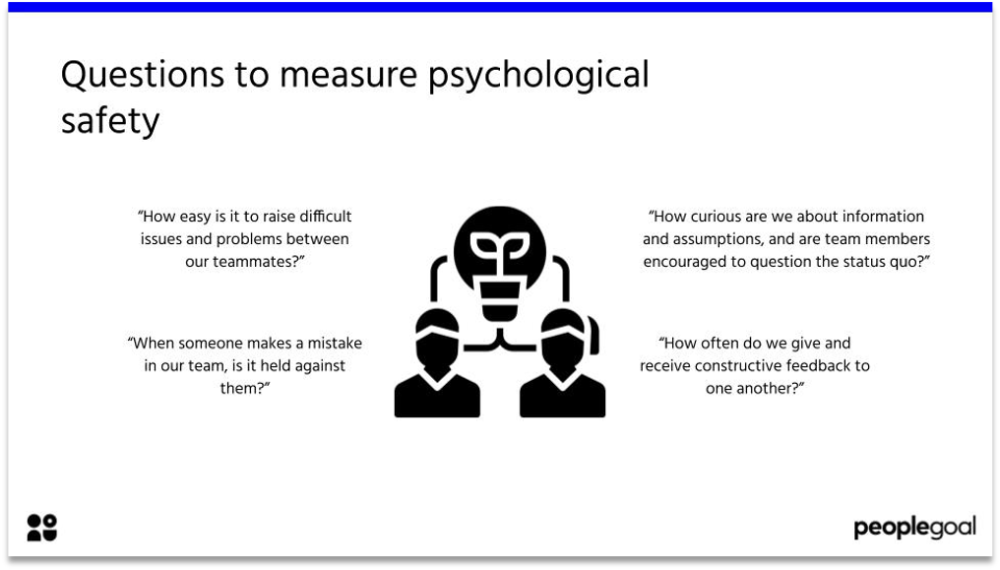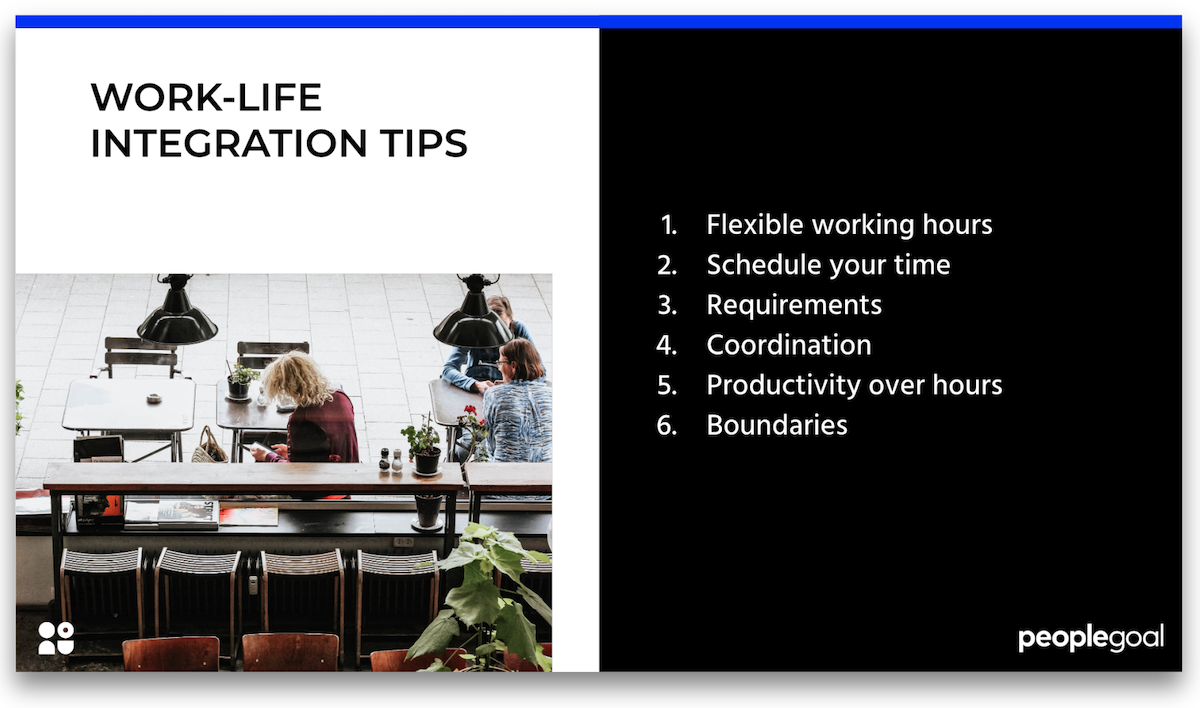What do we really need in order to work to the best of our ability? To work creatively, collaboratively and efficiently? Most of us would say that stress and burnout hamper our ability to do this. An employee wellness program could be the solution.
Wellness programs help us recover from stress so that we can feel good inside and outside of the office. About 80% of larger companies have wellness programs. But wellness programs needn’t be costly – smaller and medium sized businesses can create strategies to support their staff too.
Employee wellness programs come with many benefits. They cultivate positive work environments – which keep employees refreshed, happy and healthy. Staff are better able to perform well, which in turn has benefits for business outcomes.
Benefits of an employee wellness program:
- Fewer missed working days
- Improve employee turnover
- Better workplace relationships
- Prevent burnout
- Better physical and mental health
- Increased productivity
A wellness program is not a panacea. However, it is a leap forwards towards creating a more sustainable, positive company culture.
5 Key Aspects of Well-Being for your Employee Wellness Program
Every one of us faces challenges with our wellbeing at some point. Stress is a normal feeling – and can even be a positive motivator. Left unchecked however, long-term stress harms physical health.
It’s important companies keep an eye on employee wellbeing, including through Wellbeing Pulse surveys.
Gallup-Healthways defines 5 key areas of well-being. These are:
Purpose: enjoying your work, feeling motivated and that it has meaning
Social: having a support network of kind, loving relationships and friendships
Financial: economic stability to avoid stress and anxiety
Community: feeling connected to others and being involved in the area where you live
Physical: good health with which to complete your daily tasks
Our workplace has a role to play in every one of the above. The friendships that we make at work are key to our wellbeing. The support offered by our salary and other benefits gives us a feeling of security. The office environment may foster a sense of community and belonging.
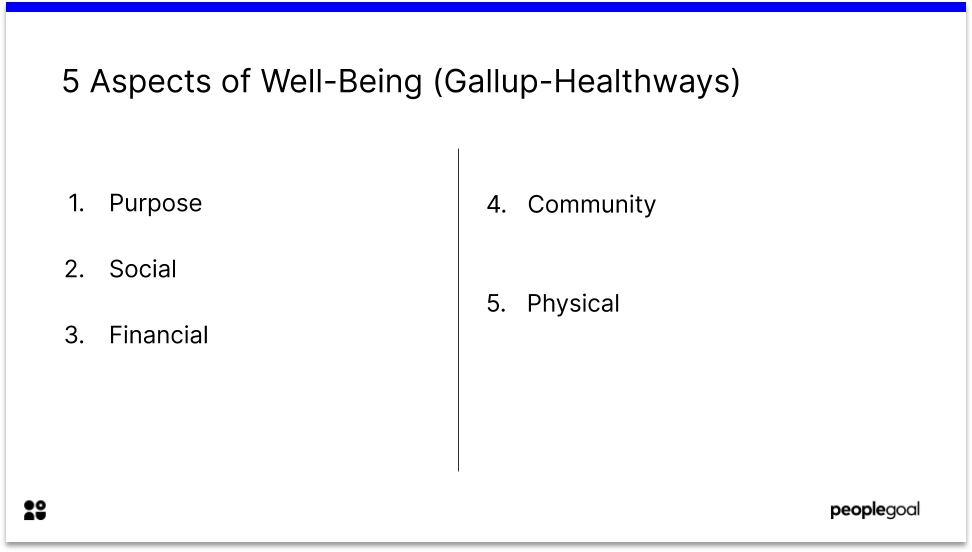
Supporting wellness during remote-work
Of course, work-from-home has changed the way we interact with work. Some feel more isolated – and miss after-work drinks, or getting a coffee with a colleague. That feeling of community has been challenged.
It’s really important that any wellness program tries to address this change. Below are 10 Wellness program ideas for happy and healthy teams!
10 Employee Wellness Program Ideas
1. Mental health support
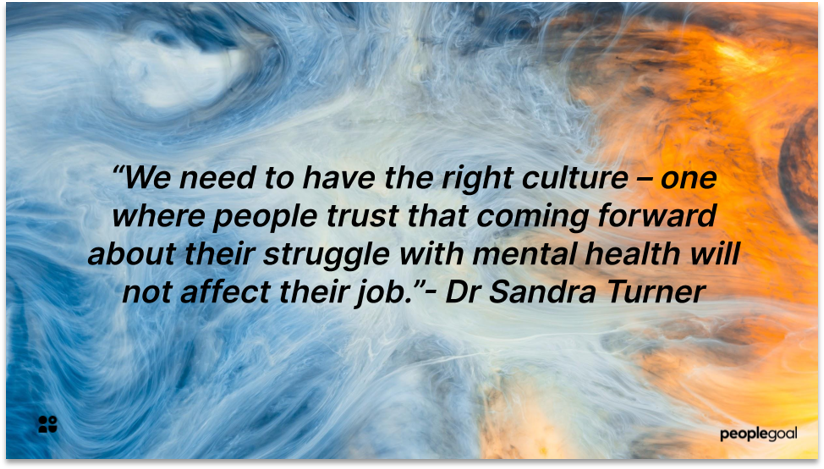
Consulting firm Ernst & Young have led the way with their mental health program. Its ‘r u okay?’ policy hopes to end stigma around discussing mental health issues. The program includes EY Assist, which offers resources for those struggling with their mental health.
Dr Sandra Turner, one of the key thinkers behind the policy, says that “We need to have the right culture – one where people trust that coming forward about their struggle with mental health will not affect their job.”
Creating a culture of openness about mental health is a crucial first-step.
EY’s program centers around e-learning. This is a great example of how small and medium sized companies can create a program even with a small budget. There are a wealth of resources and online communities that can help your company start a conversation about mental health.
Consider hiring a counselor to support staff. American Express’ Healthy Living program offers regional centers with free counselling sessions for employees. Counselling doesn’t have to be costly. Talkspace offers online therapy packages for businesses.
2. Mindfulness
Mindfulness can be a great way to protect mental health. The app Calm offers packages for businesses, including daily guided meditations and sleep stories. The American Institute of Stress found that 65% of workers experiences difficulties caused by stress at work.
When we have deadlines piling up and pressures at home, we can experience overwhelm. Mindfulness can help with this. Rather than getting carried away with our stress, we observe our thoughts as they arise, non-judgmentally.
Mindfulness can also help us tackle complex emotional problems, such as low self-worth. Meditation can make us more aware of our inner-critic – so that we can challenge its hold on us! This makes employees more resilient in the face of stress. Staff approach their personal goals with balance and clarity.
3. Flexible working
If a company’s culture is toxic – no matter how many dollars are thrown at wellness – employee wellbeing will suffer.
Free smoothies and a weekly yoga class will not make up for poor communication, intense deadlines and a lack of support.
Unhealthy company culture might look like:
- Lack of compassionate communication
- Unrealistic or unclear expectations
- Aggressive or passive aggressive communication
- Lack of commitment to inclusion practices
- Managers’ behavior contradicts core values
- Gossip
- Unhealthy competition between staff
- Tokenistic approach to wellbeing
The move to work from home has challenged company culture. How to create that crucial sense of community when socially distanced? How to ensure staff maintain a healthy work-life balance?
Adopting flexible workingpractices can help. According to CIPD research, flexible working aids employees management of disabilities and chronic illness, in addition to supporting their mental wellbeing.
Consider adopting a results-oriented approach to working hours. Do your employees really need to be online 9-6pm if they’re able to complete their work in less time? Some employees are better motivated by flexible working.
4. (Virtual!) Nap rooms
Google’s nap pods are the image that comes to mind when many of us think of ‘wellness programs’. With many of us working from home, in-office perks are becoming less relevant. But how can we encourage employees to take the breaks they need?
The University of Nevada created an innovative virtual relaxation room for students. This includes breathing exercises and relaxing music. There’s no reason why companies can’t create something similar.
Nap rooms may seem gimmicky, but it’s more the message they send out to employees that counts. This reminds employees that it’s okay to focus on self-care when they need to.
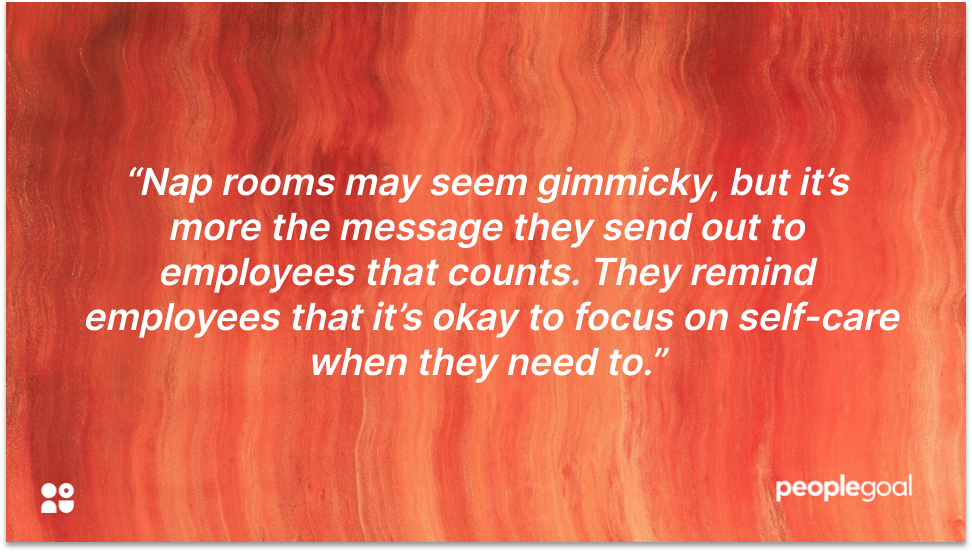
5. Fitness classes and gym reimbursements
A sedentary lifestyle increases the risk of many diseases, including diabetes and high blood pressure as well as depression and anxiety.
It’s really important that companies give employees time to move and get up from their desks! 150 minutes of moderate aerobic exercise a week can boost the immune system and avoid longer-term health issues. A few small steps can help employees reach this target.
Encourage employees to take a walk during their lunchbreak and consider extending lunch breaks to ensure they have adequate time.
Fitness classes can be a fun way to release endorphins and blow off steam. They work just as well over Zoom for remote teams. Make sure you organize a range of different classes – including low-impact exercise.
Some companies offer gym reimbursements, such as the cable network Showtime. This is an excellent option for employees who prefer working out alone.
6. Healthy eating
Remote work means we’re tantalizingly close to the kitchen – and we don’t always snack on things that make our brains work at their best! According to a YouGov survey, 48 % of people did not feel ‘motivated’ enough to eat well.
Poor diet impacts on both physical and mental wellbeing. Sugar can increase stress hormones in the brain. To work at our best, we need to maintain a balanced diet.
Free healthy food is an excellent way to encourage staff to boost their well-being. Snack-nation offers healthy food packages delivered to remote teams. This can also be a fun way to encourage employees to unwind.
Consider ‘lunch and learn’ sessions focused on nutrition. While we sometimes think we know all we need to about healthy eating, clear and simple tips can help employees keep on track.
7. Team couch to 5k
Social pressure can be a great motivator! Teams can organize a weekly jog at lunchtime for some fun exercise.
5ks work well as team members hold one another accountable. It’s also an opportunity for employees to bond and form stronger relationships.
8. Biometric screenings
Biometric screenings ensure that any potential health risks among employees are spotted quickly. They measure blood pressure, cholesterol, BMI and sometimes screen for cancers. Screenings also allow companies to benchmark whether their wellness programs are having a positive impact on the physical health of their employees.
What comes next counts – Corehealth recommends hiring health coaches for specific problem areas and educating through lunch and learns.
Make sure you give employees the resources they need to address any health issues.
9. Tobacco cessation programs
Cigarette smoking kills over 480,000 Americans every year. Employers have a role to play in supporting employees with addictions.
Ensure that you provide employees with accurate health information. Live chat coaches can help employees reach out when they have cravings, and online communities create a culture of support around quitting.
One of the most powerful ways that companies can support their staff is by reminding them that they are not alone. Wellness programs should focus on building communities – whether that is through shared learning opportunities or group activities.
10. Financial wellness programs
Financial wellness programs can educate staff on how to maintain secure and satisfying personal finances.
Programs can promote financial literary – for example, how to organize household budgets, tackle debt, and repay student loans.
It is no secret that debt and financial difficulties cause significant stress, and can even be at the root of addictions and poor mental health. Creating a strategy with employees helps them develop long-term financial health and achieve debt relief.
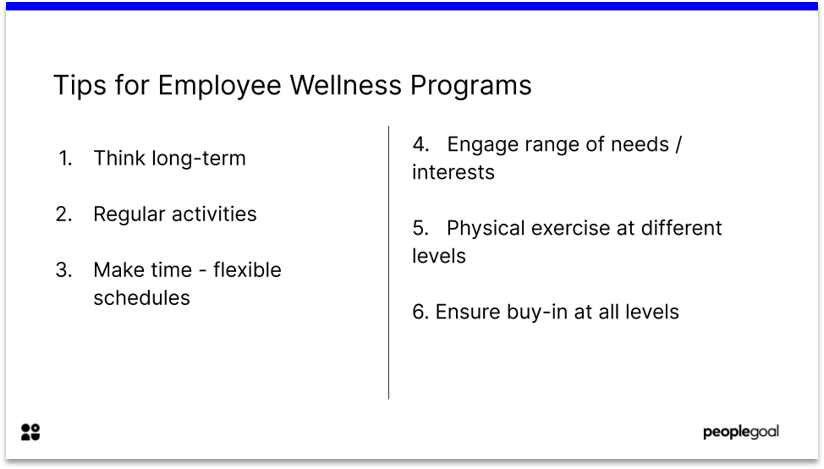
An employee wellness program – the way forward
Employee wellness programs will not transform your company culture on their own. There is plenty of work to be done, from empathetic communication to ensuring your health benefits are adequate for all employees.
They should not be a quick fix either. Ensure your wellness programs are part of the daily routine of your employees – whether that’s a weekly yoga class or a morning mindfulness practice.
With a holistic program in place, you can start moving towards a healthier organizational culture. Employees should have the resources they need to improve their health and develop coping strategies for stress.
Ready to 3x Your Teams' Performance?
Use the best performance management software to align goals, track progress, and boost employee engagement.

